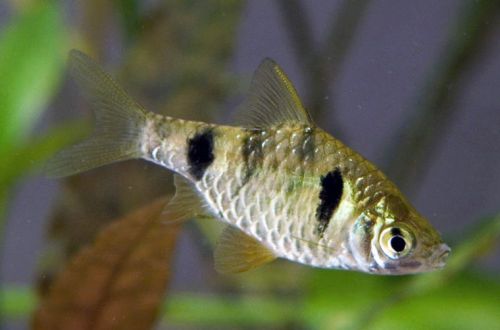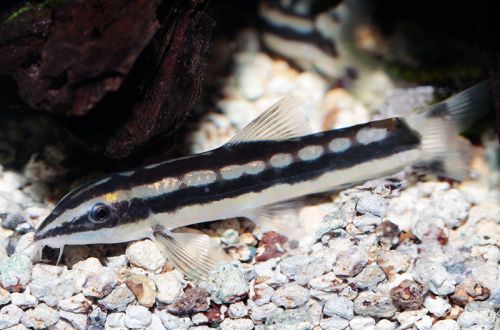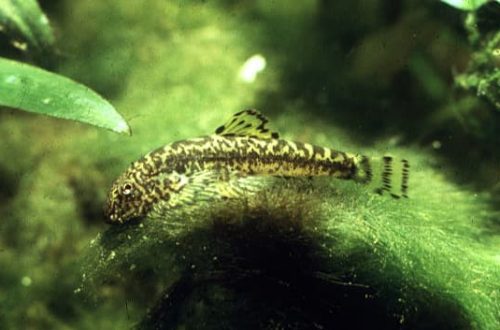
Pankhax Arno
Panhax Arnoux, scientific name Pachypanchax arnoulti, belongs to the Aplocheilidae family. Easy to keep unpretentious fish, suitable for keeping novice aquarists. The fish is named after the explorer Jacques Arnoux in recognition of his great contribution to the study of Malagasy ichthyology.

For a long time it was considered a variety of Panhax Omalonotus and relatively recently isolated as an independent species (1950s), therefore it is still found in the literature under the old name. Such confusion and the joint maintenance of the two species led to the emergence of hybrids, which are currently represented in the trading network.
Habitat
It comes from the reservoirs of Madagascar, lives in various natural environments. In swamps with rich vegetation and a large amount of dissolved tannins, as well as in small streams and rivers without plants at all. In its natural habitat, Panhax Arnoux is endangered due to deforestation and drainage of swamps for pastures; species introduced from the continent, such as swordtails and mosquitoes, are seriously competing.
Description
The fish have a pronounced sexual dimorphism, males are noticeably larger than females, reach a length of 8 cm, and have a bright color of greenish or golden hues, depending on the angle of incidence of light. The females are smaller, the colors are faded gray or bluish, the abdomen is predominantly white.
Food
In the wild, they feed on small insects and crustaceans near the surface of the water. At home, they adapted to dry freeze-dried food (flakes, granules) containing protein components. It is preferable to serve live food or frozen food in the form of bloodworms, daphnia, mosquito larvae, small earthworms, small insects (drosophila flies, mosquitoes). Feed 2-3 times a day in the amount eaten in 5 minutes, all non-remnants should be removed.
Maintenance and care
A small group of fish will require a spacious tank from 120 liters. The design uses thickets of plants and mosses located in groups along the side and back walls of the tank, as well as a number of floating species. The substrate is sandy or fine gravel. The presence of shelters made of natural snags, intertwined roots, tree branches, bark fragments not only decorate the aquarium, but also release tannins, characteristic of the natural aquatic habitat of Panhax Arnoux. Over time, their number can be replenished by adding a few dry leaves, which are replaced every 1-2 weeks.
The set of equipment includes a filtration, aeration, heating and lighting system. Fish do not tolerate currents well, so make sure that the filter creates as little current as possible. Maintenance is reduced to a weekly renewal of part of the water by 15-20% and periodic cleaning of glass from organic deposits. The soil is cleared as it sours, you should not stir it up again – this leads to the death of beneficial nitrifying bacteria.
Behavior
Conditionally peaceful species, joint keeping with other calm fish of a similar or slightly larger size is allowed. Intraspecific relationships are complex, adult males constantly arrange fights, although it rarely comes to serious injuries. However, it is recommended to keep only one male and a few females together. If there are several males in the aquarium, it is necessary to provide a sufficient number of shelters and a large tank. You can use the formula: 1 male per 100 liters.
Breeding / breeding
They do not require the creation of special conditions, they are able to breed in a common aquarium. The female lays eggs in thickets of plants or moss, from which fry appear after a couple of days. Parents do not take care of the offspring and can eat it at an opportunity, therefore, immediately after spawning, it is advisable to remove the eggs to a separate spawning tank.
Fish diseases
This species, or rather its hybrid forms, has been kept in an artificial environment for many generations, thanks to which it has perfectly adapted to these conditions. In a clean, balanced aquarium with regular food, health problems do not arise. Read more about symptoms and treatments in the Aquarium Fish Diseases section.





